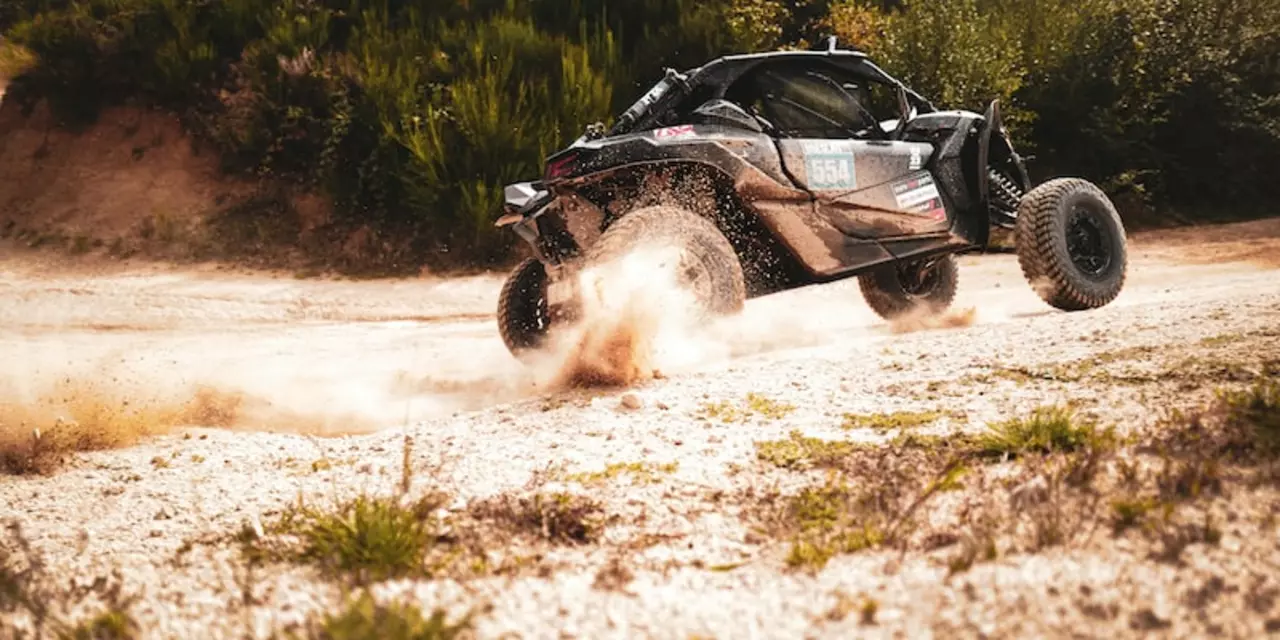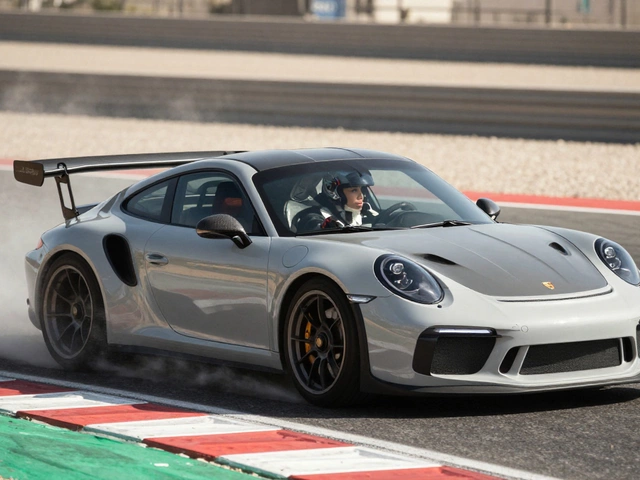Car Rally Racing – What It Is and Why It Thrills
Rally racing isn’t about circling a track at a circus speed; it’s about tackling real roads, gravel, snow, and anything the route throws at you. Drivers race against the clock, not directly against each other, which means every second counts and the pressure never eases.
How a Rally Works
Each event is split into special stages that can be a few kilometers long or stretch for dozens. A co‑driver reads pace notes that describe every twist, jump, and surface change. The driver follows those notes while juggling gear shifts, throttle control, and the handbrake to stay on pace.
Key Tools: Gear Stick and Handbrake
Two sticks define a rally driver’s control box: the gear stick and the handbrake lever. The gear stick lets you hop between gears quickly, which is vital when you hit a sudden hill or a tight hairpin. The handbrake is your secret weapon for initiating slides, pulling off tight turns, and shaving off precious seconds on loose gravel.
Most beginners think the handbrake is used all the time, but seasoned pros reserve it for specific moments. Overusing it can wash out the rear tires or trigger a spin. Learning when to pull the brake and when to rely on weight transfer is the difference between a clean run and a crash.
Rally cars also differ from regular road cars. They’re stripped down, reinforced, and equipped with rally‑spec suspension, roll cages, and all‑wheel drive systems. Models like the Subaru WRX, Volkswagen Golf R, or classic Group B monsters have the power and grip needed for the sport.
Speaking of Group B, those wild 1980s beasts were banned after several fatal accidents. Their extreme power and light weight made them unstoppable – and unsafe. The FIA stepped in, creating stricter safety rules and new classes that keep the excitement alive without the deadly risk.
If you’re wondering whether a stock car can be a rally car, the answer is yes, but only after a solid upgrade. Adding a proper differential, reinforcing the chassis, and fitting rally‑approved tires can turn a daily driver into a competent rally contender.
Most fans ask if rallying is tougher than Formula 1. Both demand skill, but rally adds unpredictable terrain, changing weather, and the need to trust a navigator. In F1 you chase pure speed on a smooth circuit; in rally you hunt for consistency on a mix of tarmac, mud, and snow.
Why isn’t rally huge in the US? The sport faces higher entry costs, fewer organized events, and limited media coverage compared to NASCAR or IndyCar. Still, a growing community of clubs and amateur championships is slowly changing that picture.
Getting started? Pick a reliable all‑wheel‑drive car, practice on local gravel roads, and find a partner who can read and write clear pace notes. Safety gear – helmet, fire‑proof suit, and a roll cage – are non‑negotiable.
Remember, rally isn’t just about raw speed; it’s about reading the road, making split‑second decisions, and working as a team with your co‑driver. Master those basics, and you’ll feel the rush of crossing a stage with the best possible time.
Now that you have the fundamentals, grab a friend, hit a nearby rally club, and experience the adrenaline for yourself. The road is waiting.

While in India, How to participate in car rally racing?
Car rally racing is a popular sport in India, and it is an exciting way to explore the country. To participate, you need to have a valid Indian driver's license and a vehicle that meets the safety regulations of the race. You can join a local car rally club to get the necessary information and to sign up for races. Once you are ready, you can join the race, usually on a weekend or public holiday. You will have to navigate a predetermined route and complete various tasks, such as passing through checkpoints, completing special tests, or navigating through obstacles. The winner is usually the driver that completes the race in the shortest amount of time.
read more
